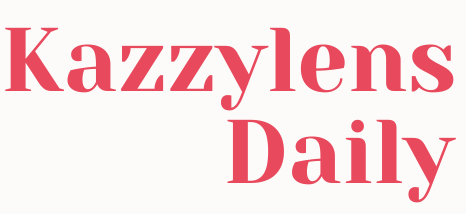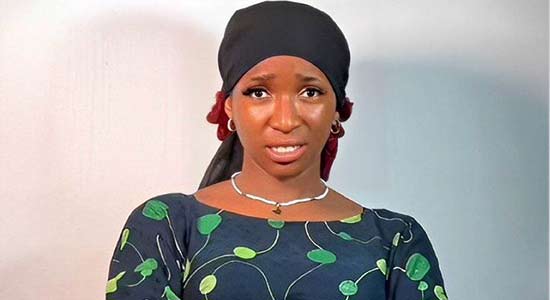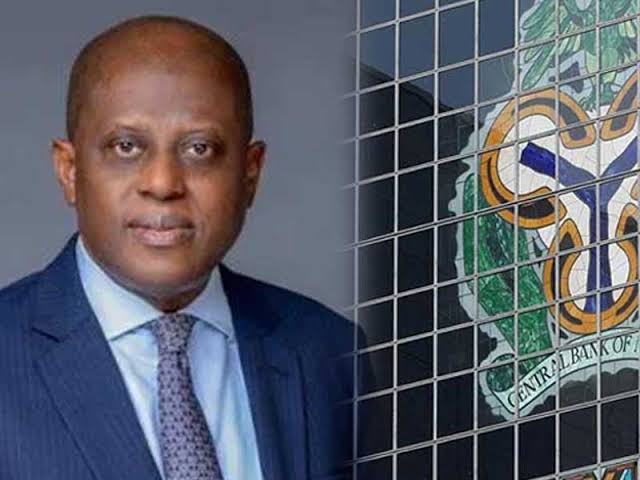WASHINGTON: The US Federal Reserve’s (Fed) progress in bringing down inflation is “not assured”, the chairman said on Wednesday (March 6) on the first of two days of hearings in Congress.
“If the economy evolves broadly as expected, it will likely be appropriate to begin dialing back policy restraint at some point this year,” Fed chief Jerome Powell told the House Financial Services Committee.
“But the economic outlook is uncertain, and ongoing progress toward our two percent inflation objective is not assured,” he added.
The Fed has raised its key lending rate to a 23-year high to tackle stubborn inflation, successfully bringing the rate of price increases down from multi-decade highs toward its long-run target of two percent.
But inflation remains elevated, while the labor market and economic growth have proven to be surprisingly resilient to higher interest rates, which suggests that the Fed’s road to two percent could be a bumpy one.
Powell’s comments kicked off two days of planned hearings in the House and the Senate, in which he will be grilled about when the Fed will start cutting elevated interest rates, and its proposals for regulating US banks.
The hearings were convened to discuss the Fed’s semi-annual Monetary Policy Report, which was published last week.
In December, Fed policymakers penciled in three rate cuts this year, but did not indicate the timing of those cuts.
In the months since, policymakers have pushed back against market expectations of an early rate cut, warning against moving too quickly and allowing inflation to reignite.
In his remarks on Capitol Hill, Powell said the Fed’s rate-setting committee “does not expect that it will be appropriate to reduce the target range until it has gained greater confidence that inflation is moving sustainably towards 2%”.
“We remain committed to bringing inflation back down,” he continued, adding that policymakers still “want to see a little bit more data”
Futures traders have assigned a probability of just over 70% that the Federal Reserve will have begun cutting interest rates by mid-June, according to data from CME Group.
Powell was also questioned on Wednesday about proposed changes to banking regulation, which some members of the Fed’s own board of governors have criticised as unnecessarily tough.
Powell told lawmakers the Fed is “carefully analysing” the “voluminous” responses to its proposals, which include plans to require banks with more than US$100 billion in assets to increase the amount of capital they hold.
“I do expect that there will be broad and material changes to the proposal,” he said.
More than 3,200km (2,000 miles) away from Washington, in Portland, Oregon, Powell’s colleague on the Fed’s rate-setting committee struck a strikingly similar tone when discussing the likely path of monetary policy.
“What we have to do is make sure that we bring inflation down to 2% as gently as we can,” San Francisco Fed president Mary Daly told an event in the city.
Daly, who is a voting member of the committee this year, said policymakers should not be “getting ahead of ourselves in declaring victory”, adding: “we’re not there yet”.
“Policy is in a good place. The economy is in a good place. There is more work to do,” she said.
Separately, Minneapolis Federal Reserve Bank president Neel Kashkari signalled on Wednesday that stronger economic data since the start of the year will likely make it appropriate for the Fed to cut rates only twice, or possibly just once, this year.
“I was at two in December,” Kashkari said in an interview on WSJ Live, referring to the number of quarter-point interest-rate cuts he had pencilled in when Fed policymakers last made their quarterly economic forecasts. Fresh projections are due in two weeks, when the Fed next meets to set policy.
“It’s hard to see, with the data that’s come in, that I’d be saying more cuts than I had in December,” Kashkari said. “It seems like at a base case I’d be where I was in December, or potentially one fewer, but I haven’t decided.”
The median forecast of his colleagues in December was three rate cuts this year, which would take the Fed policy rate to a range of 4.5%-4.75%, from its current 5.25%-5.5% range.
Kashkari said the “base case scenario” is that the Fed will not raise rates any further, a view shared by all Fed policymakers, based on their forecasts published in December and remarks since.
If the economy stays resilient and inflation proves to be more entrenched than expected, Kashkari said, “the first thing we do is keep rates where they are for an extended period of time”.
With the economy and the labour market strong and inflation coming down, he said: “I would want to see the argument for, why do we think we’re actually tamping down the economy if the economy is ongoing in such a healthy way?”
The Fed does want to avoid a downturn, he said, and to stick a “soft landing” where inflation falls but the job market does not collapse, as it historically has done when the Fed has waged a battle with too-high inflation.
But now, he said, “if the economy is doing very well, maybe the economy can sustain this rate environment when we didn’t realise that was possible”, Kashkari said.
In another development, the Fed in its regular summary of economic conditions that US economic activity has “increased slightly” since the start of the year, though price pressures have persisted.
The new report is the latest indication that the US economy remains surprisingly resilient despite the Fed’s decision to hike interest rates to tackle high inflation.
Since early January, US economic activity has “increased slightly, on balance”, the Fed announced in its regular update of economic conditions known as the “Beige Book”.
In total, eight of the 12 Fed districts reported “slight to modest growth in activity”, while three reported no change and one saw a slight softening in activity, it added.
The strong economy is good news for US President Joe Biden as he prepares for a likely rematch against former president Donald Trump in November.
But Biden faces an uphill battle convincing voters of his economic achievements when the cost of many goods and services has risen in recent years, and is unlikely to fall when inflation slows.
Despite strong top-line indications of growth, the Fed noted that consumer spending has inched lower, with some households cutting spending on discretionary goods and swapping more expensive items for cheaper equivalents.
The Fed’s Beige Book found that employment rose at a “slight to modest pace” in most regions, while the overall tightness in the labour market “eased further”.
This made it easier for employers to hire new workers, and to hold onto existing employees.
Although overall price pressures “persisted”, the Fed found that several districts reported “some degree of moderation in inflation”.
This chimes with recent US inflation data, which show the headline rate of annual price increases continues to slow, although it remains stuck above the Fed’s long-term target of 2%. – AFP, Reuters

.png) 1 month ago
1 month ago
















 English (US) ·
English (US) ·